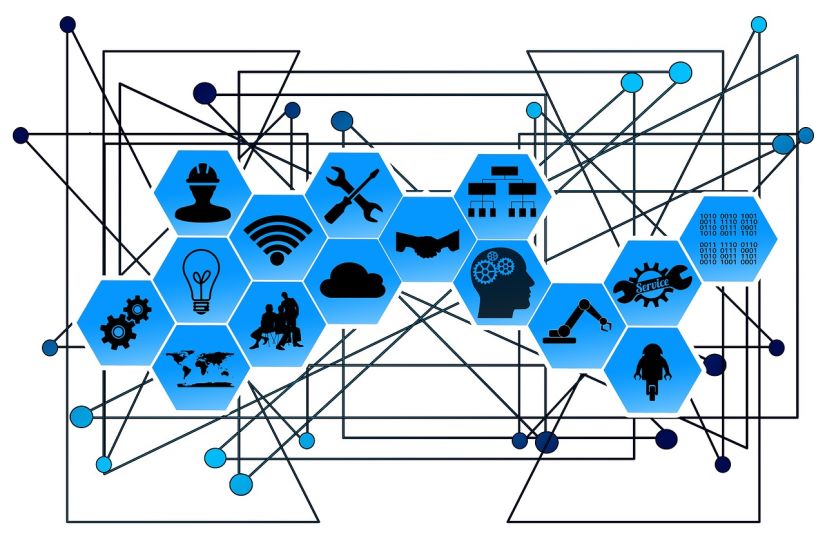Scaffold Your Clean DDD Web Application - Part 5: Domain-Driven Design Entity Mapping Strategies

In this long-overdue entry, we’re going to circle back and discuss the importance of keeping a separation between various entity types within a DDD application, the challenges that presents, and elegant mapping strategies we can use to make it work. First, however, I’m going to briefly touch on some key enhancements to the C# language that were released with version 9, and how those influence our architecture from a Domain-Driven Design perspective. Alongside the blog entry in which I laid out my Clean DDD architectural template in detail, this is one of the most important that I’ve written to date, so I hope you enjoy it and find the knowledge from this to be useful.
[...Read More]
